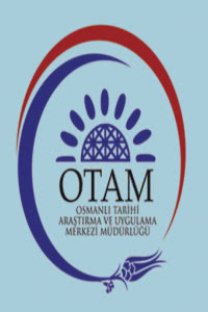Dramatic representation of the battle of Ankara and Bayezid I's captivation by Tamerlane
Ankara savaşı ve I. Sultan Bayezid'in Timurlenk'e esir düşmesinin sahneye yansıması
___
Chew, Samuel: The Crescent and the Rose, Octagon Boks Inc., New York 1965.Dekker, Thomas: Old Fortunatus. Ed. Oliphant Smeaton. Aldine House, London 1904.
Imber, Colin: The Ottoman Empire 1300-1481. The Isis Press, Istanbul 1990.
İnalcık, Halil: The Ottoman Empire: The Classical Age 1300-1600. Tr. Norman Itzkowitz and Colin Imber. Weidefeld and Nicolson, London 1973.
Marlowe, Christopher: Tamburlaine the Great. Ed. J. S. Cunningham. Manchester University Press, Manchester 1981.
Rivers, Isabel: Classical and Christian Ideas in English Renaissance Poetry,George Allen & Unwin, London 1984.
Uluçay, M. Çağatay: Padişahların Kadınları ve Kızları, Türk Tarih Kurumu Basımevi, Ankara 2001.
- ISSN: 1019-469X
- Yayın Aralığı: 2
- Başlangıç: 2006
- Yayıncı: Ankara Üniversitesi Osmanlı Tarihi Araştırma ve Uygulama Merkezi
Timar tevcihâtı ile ilgili kaynaklarda yer alan kayıtların karşılaştırılmasına dair bir deneme
The Ottoman way of governing multi-ethnic and multi-religious communities
Akkoyunlu dönemi eseri olarak bilinen bir Osmanlı camii (Bayburt Hınzeverek/Çatalçeşme köyü camii)
XIX. yüzyılda misyonerlik faaliyetleri çerçevesinde Trabzon ermenilerine bir bakış
Dramatic representation of the battle of Ankara and Bayezid I's captivation by Tamerlane
Yakuplar: Bizans hizmetindeki Türk soyu (Moskova)
17. yüzyılın önemli minyatürlü yazması vekayi-i 'Ali Paşa
Savaş ve bölgesel ekonomi: İran savaşlarında Doğu Karadeniz ve Doğu Anadolu
